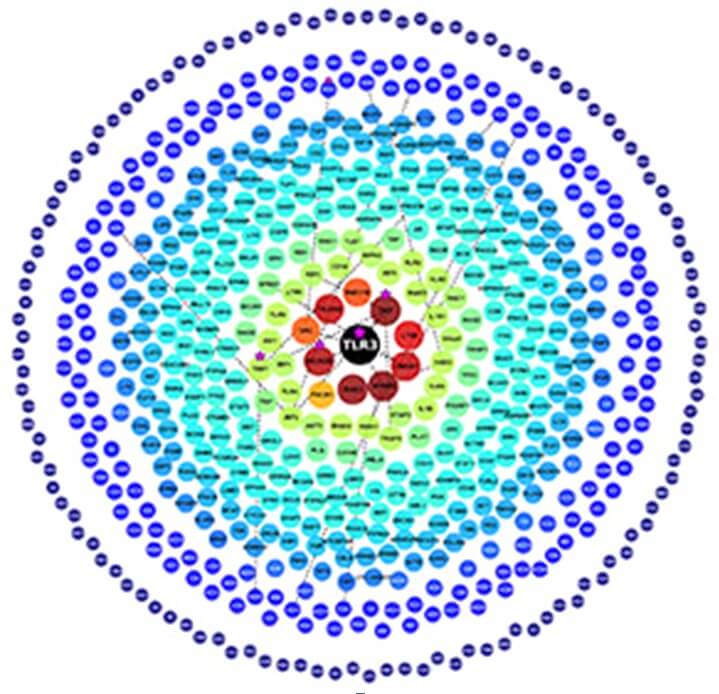Certain diseases are caused by mutations in a single gene. The existing methods for locating the gene that causes the disease in the patient result in receiving hundreds of potential genes, a result that makes it difficult for scientists to locate the single gene responsible for the disease

Certain diseases are caused by mutations in a single gene. The existing methods for locating the gene that causes the disease in the patient result in receiving hundreds of potential genes, a result that makes it difficult for the scientists to locate the single gene responsible for the disease. Now, a team of researchers, led by scientists from Rockefeller University, has created a map of "shortcuts" between the various genes in order to facilitate the search for the individual genes that cause diseases.
The research, headed by Yuval Itan, a post-doctoral research fellow in the Laboratory of Human Genetics of Infectious Diseases at the Rockefeller University, led to the development of a tool known by the researchers as the gene connectome, that is, the complete mapping collection in terms of distances, contours (the genes at the front of the route) and learning the distance between any two genes in a person. The researcher, who specializes in computational biology, says that the computer software he developed to create this tool uses the same principles used by GPS navigation devices to plan the possible routes between any two location points. The study was published in the early online edition of the scientific journal Proceedings of the National Academy of Sciences.
"Existing technologies for paving gardens on a large scale provide an overload of information that requires months of processing to find the desired individual," says Eitan. "We believe that the map of the human gene collection (connectome) will provide shortcuts in the search for disease-causing mutations, and this in a variety of diseases."
Eitan and his research partners, including researchers from the Parisian research hospital Necker Hospital for Sick Children, from the Pasteur Institute in Paris and Ben Gurion University in the Negev, developed applications to utilize this gene map. They used this map to study the gene called TLR3, the vital gene in preventing the outbreak of viral herpes encephalitis, which is a life-threatening acute brain inflammation that originates from the herpes virus and which can cause brain damage in children who are genetically susceptible to this disease. In previous studies, scientists have shown that children with this disease show mutations in the TLR3 gene or in genes that are functionally close to it. In other words, these genes are located at a short biological distance from the TLR3 gene. As a result of this finding, the researchers expect to find hitherto unknown genes that cause this disease and which will be located at a short biological distance from this gene.
In order to test how well this method can predict disease-causing genes, the researchers sequenced the protein-coding parts of the genome of two patients who were recently shown to have mutations in a separate gene called TBK1. "Each of these gene collections of the two patients includes hundreds of genes with the potential for destructive mutations," explains the lead researcher. "The challenge was to locate the single individual gene that causes the disease. After the researchers examined the genes in terms of their predicted biological proximity to TLR3, using their mapping method, they discovered that the TBK1 gene was at the top of the list of genes for both patients. The researchers also used this method to successfully predict that two other genes, EFGR and SRC, are related to the TLR3 gene, before this finding was confirmed experimentally. In addition, they were able to locate genes responsible for two different diseases.
